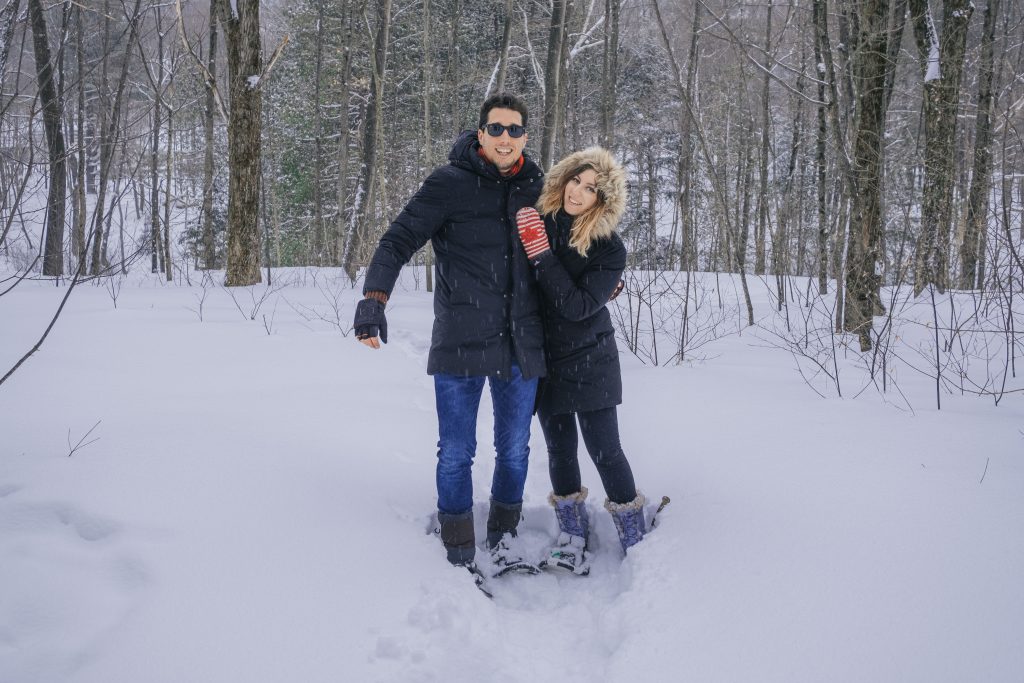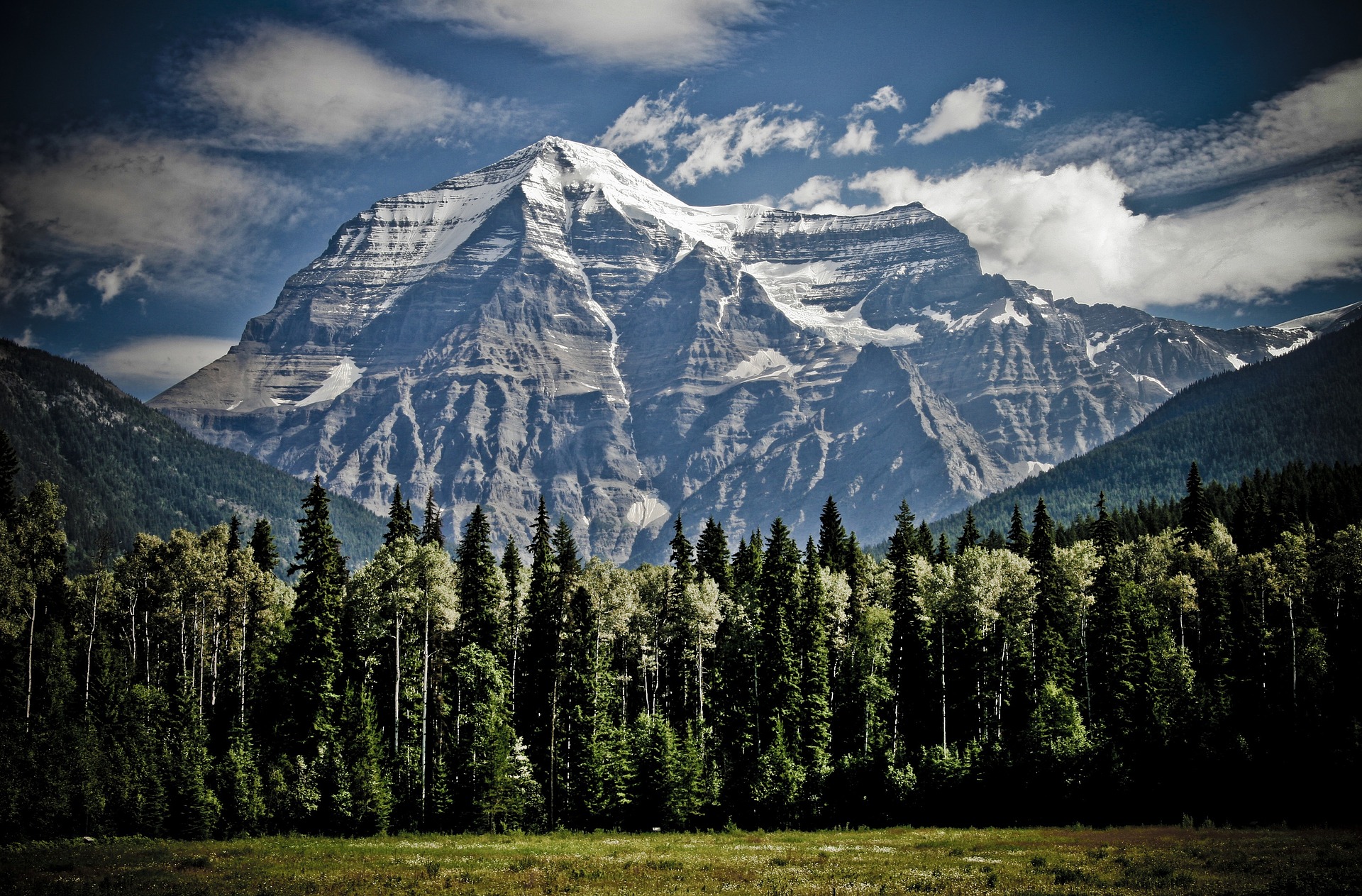Canada is a vast and scenic country known for its natural beauty, from the majestic Rocky Mountains to the rugged coastlines of the Atlantic and Pacific Oceans. It offers travellers a wide range of outdoor adventures and cosmopolitan cities like Toronto and Vancouver.
Landscape
Canada has some of the most diverse and phenomenal landscapes in the world. You only have to spell Canada in Google and pictures of breathtaking scenery, spectacular mountains, shocking blue lakes and endless green forests will flood your screen. Canada has a joke that it has a whole bunch of trees and rocks, but gosh are those trees and rocks the most stunning you’ve ever seen.
The far North stretches as far as the Arctic and is a tundra of wild beauty. The East is marked by dense forest, the West has dramatic mountain ranges. The South borders the United States. Although it is the second-largest country in the world, it’s also the most sparsely populated, with the majority of people living in the South. There are magical places in the Canadian wilderness than no man has ever penetrated.
Gastronomy
Dishes include a lot of hearty goodness that keep out the cold. Ever heard of poutine? If not you’re missing out. Fries covered in gravy and cheese curds may sound a little weird, but it’s utterly moreish. One of the biggest exports in Canada is maple syrup. The maple leaf is literally on the National Flag. The abundance of maple trees in Quebec make up 80% of its production, and once you’ve tried authentic Canadian maple syrup straight from the source you’ll never look back.
Culture
Canada’s population shows great diversity. Though small, people have settled in the country from all over the world, and over 50% of the population has emigrated from elsewhere. Many customs are greatly influenced by European influence and the UK. Canadians are known for being extremely friendly sorts with a polite and apologetic nature that they definitely inherited from the Brits. They’re lovers of art, music, literature, pop culture, and have a zest for sports. Whether it’s skiing and snowboarding, hiking, rock-climbing, camping, mountain biking, or even snow-shoeing. Growing up with a landscape like this nurtures a passion for the great outdoors.
National Parks
Canada is famed for its epic natural beauty and plethora of wild adventures in the great outdoors. Spanning the country is no less than 48 National Parks, of which 20 are UNESCO World Heritage Sites. Celebrations kick off at Banff every year for one of the biggest mountain festivals in the world, showcasing the greatest adventure sports talents from across the globe.
Best Time To Visit Canada
The best time to visit Canada is in Autumn (September to November). The summer heat starts to cool and everything starts to burst into colourful grandeur. Prices are also much lower as the tourists start to disappear.
Winter starts to ramp up from mid-December to mid-March. The snow starts to turn everything into a snowy wonderland and the ski season goes full throttle. Canada has one of the longest ski seasons in the world, and the scenery is a winter sports lovers dream.
What To Expect
Planning your dream trip to Canada? Let’s get started.
Currency – The official currency is the Canadian Dollar
Language – The official languages are English and French Canadian. Most people speak English, but French is more prominent in Quebec, though Quebecois twang is quite away from Parisian French.
ATMs – ATM’s are everywhere and most places access card payments and foreign transactions.
Plugs & Sockets – Canada uses plugs and sockets of type A and B with flat pins. The standard voltage is 120 V and the standard frequency is 60 Hz. You’ll need an adaptor to convert the voltage if you’re visiting from outside the US.
Safety – Canada is considered very safe and violent crime rates are low.
Climate – As it covers such a vast space, the climate varies dependant on your location in Canada. It does enjoy all for seasons, with varying effects.
Generally, cities like Toronto and Montreal see warm, humid summers and cold winters dropping into the negatives.
Vancouver in the West has a milder winter with little snow as the cold snap is blocked by the Rocky Mountains, but the long, wet winters can seem endless.
In the North, the closer to the Arctic Circle you go, the colder it gets and the days can stretch into long nights in winter.
Latest Canada Articles
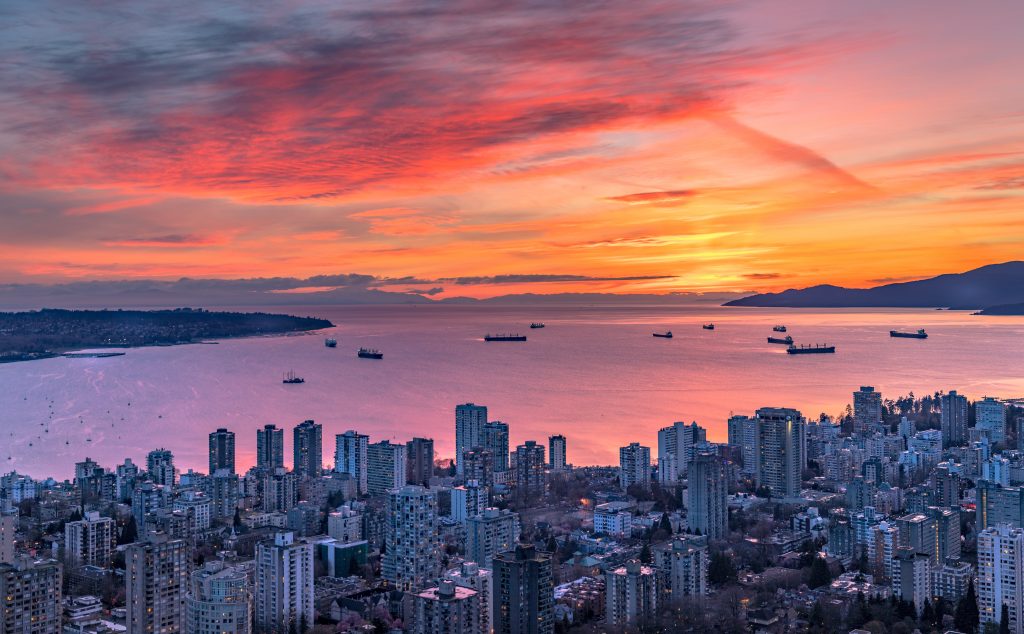
Where to stay in Vancouver
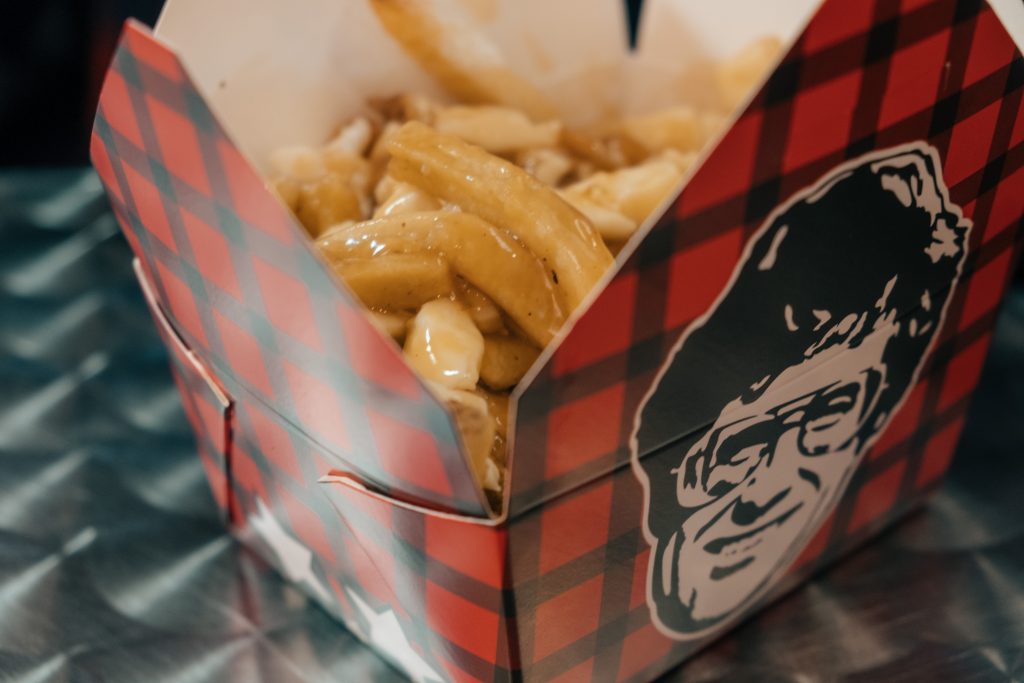
What to eat in Canada
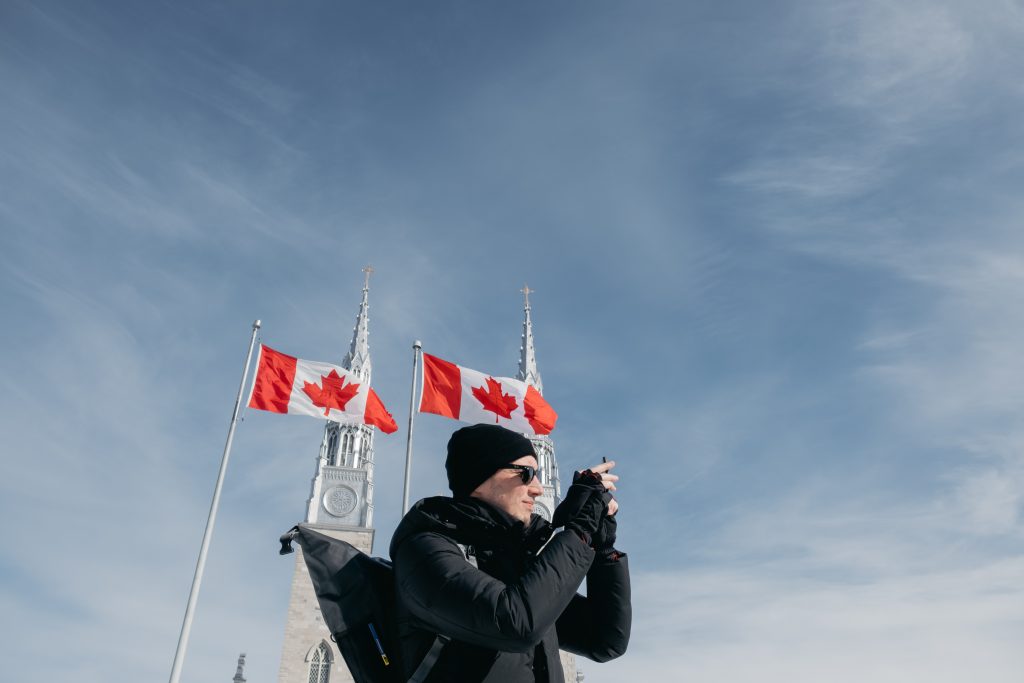
Souvenirs from Canada
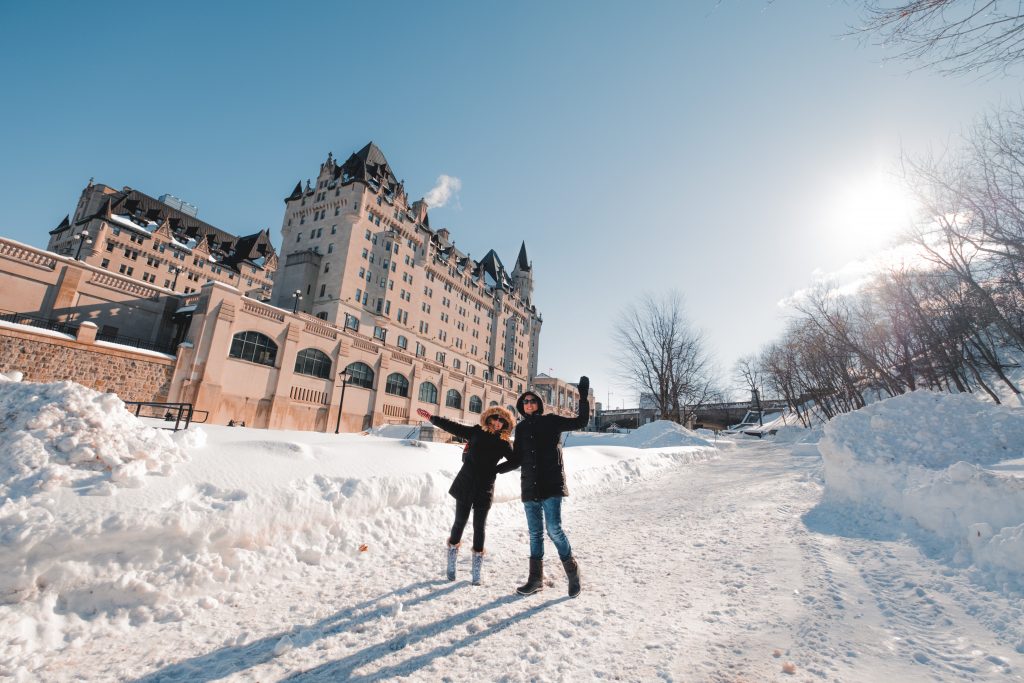
Honeymoon in Canada
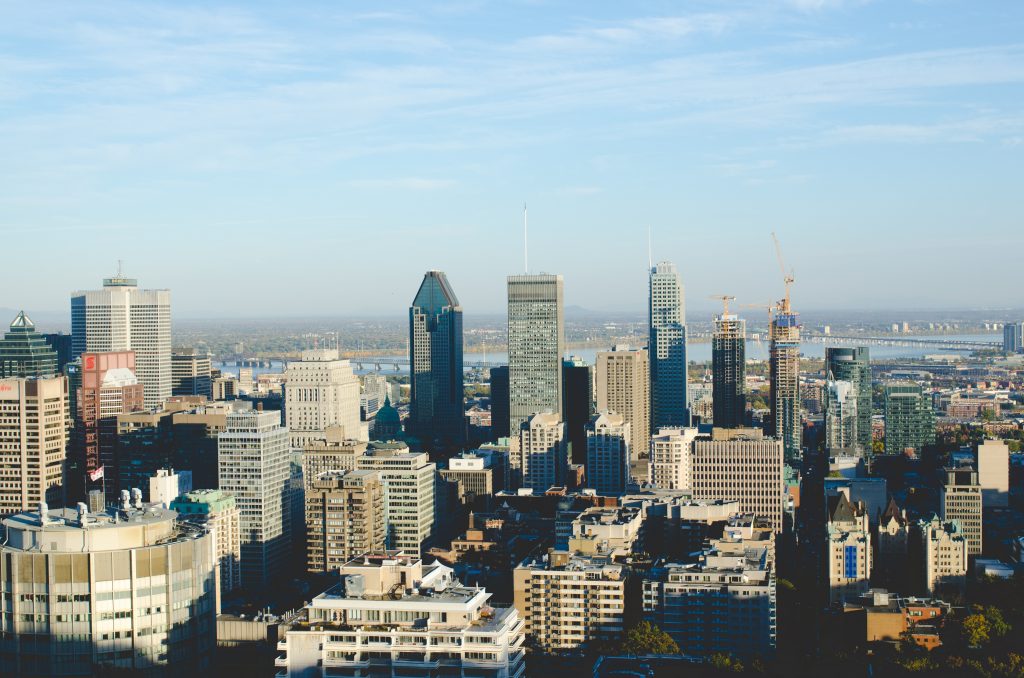
Where to stay in Montreal
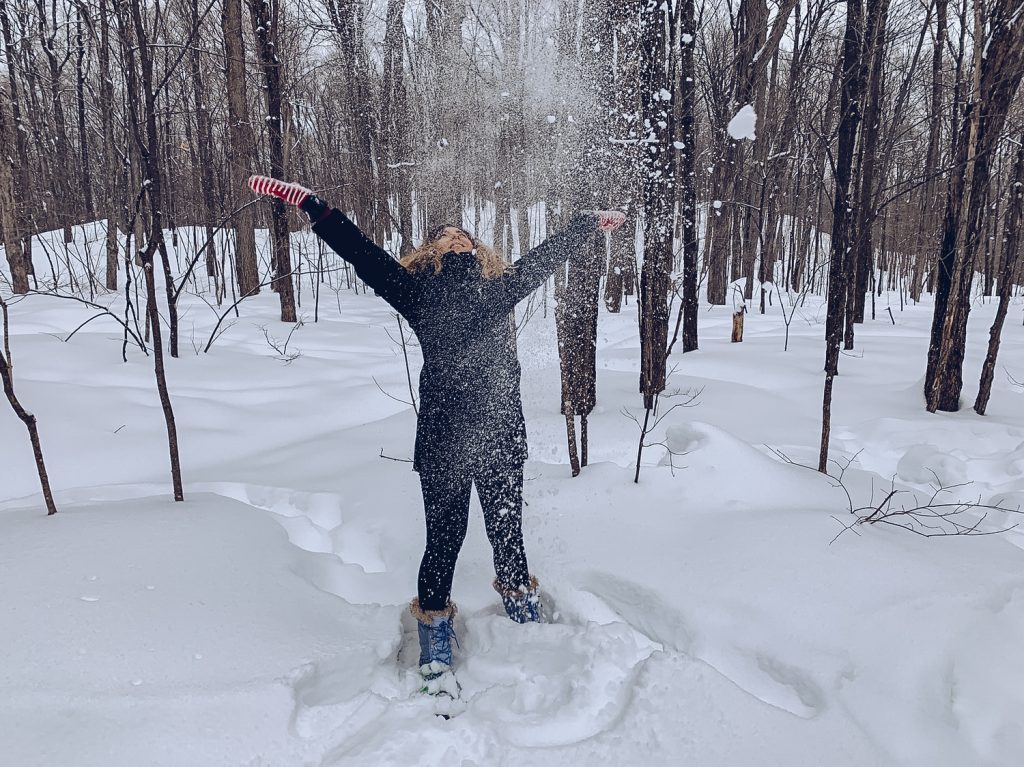
Prepare to Explore Canada
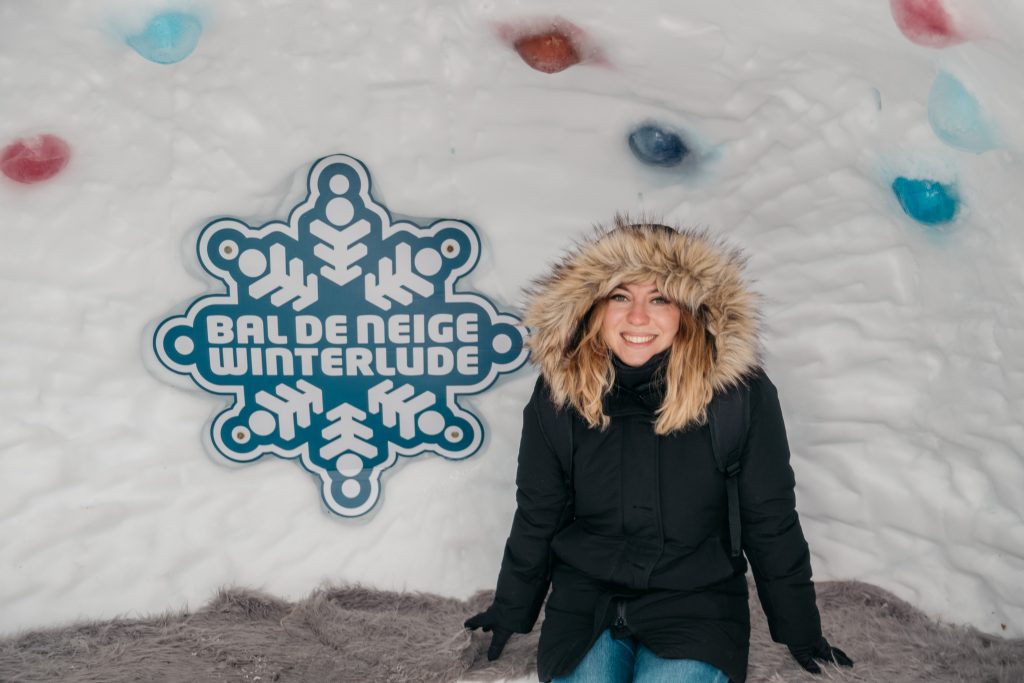
Things to do in Ottawa in Winter
